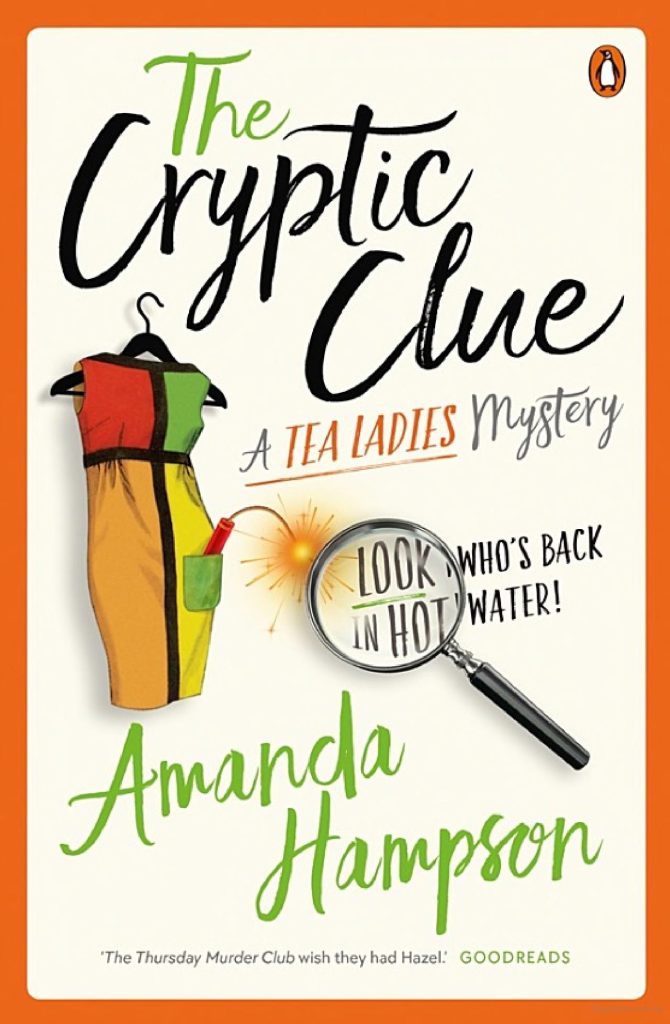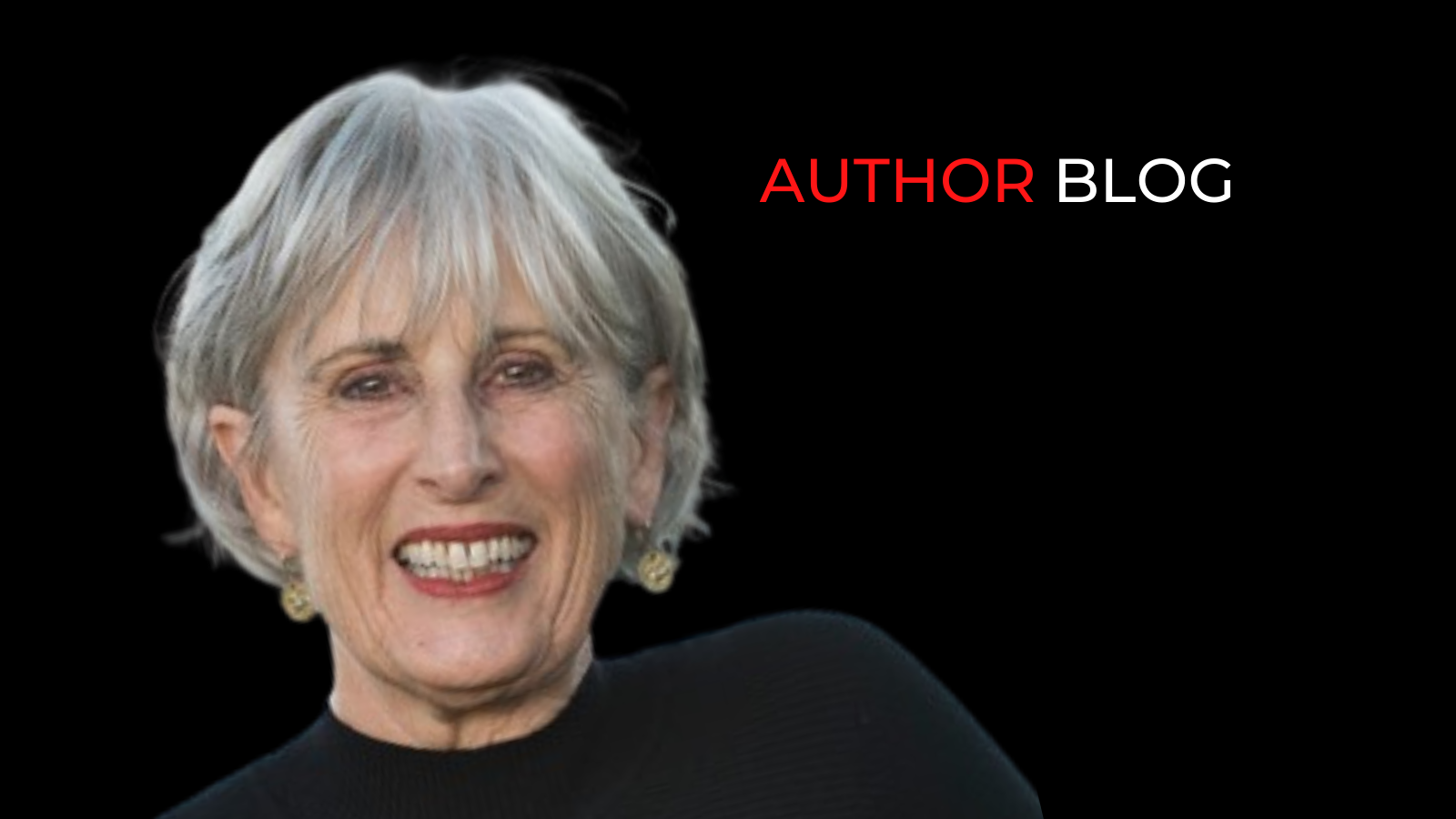I fell into crime (writing, not indulging) almost by accident. For twenty years, my work has fallen in the vague area of ‘commercial women’s fiction’ but when my 2021 release got smashed by lockdowns, I decided to change it up and do something quite different. Crime is one of the genres I enjoy reading and I was keen for the challenge.
The crossover to a specific genre instantly made my work more marketable. Like many writers, I’ve always been focussed on the craft and, in retrospect, underestimated the importance of genre – a vital aspect in the marketing, distribution and selling of the book.

While the success of The Tea Ladies and the second in the series, The Cryptic Clue, has been incredibly exciting, writing that first book was an exercise in mental torture with many sleepless nights. I had the necessary skills and experience but the ‘smoke and mirrors’ disguising of clues, interspersing of red herrings, and delicately tying the threads together in a satisfying denouement – that was very challenging. However, I’m happy to report that I must have blazed some fresh neural pathways, because the second and third in the series have been much easier.
The question I’m asked most often is why tea ladies?
In fiction, the classic sleuth is an overlooked and underestimated character, also curious and highly observant, with an excellent recall of seemingly unimportant details. These qualities perfectly describe many older women, but in particular tea ladies. Back in her day, the tea lady was almost uniquely positioned as an amateur sleuth. She was most likely an older woman with a comforting name like Mavis or Hilda, trusted by all from upstairs management down to the factory floor. She’d have a wide variety of skills and life experiences, so it’s not difficult to imagine her abilities might extend beyond making tea and remembering everyone’s favourite biscuit. Solving crimes, for example.
The inspiration came from a Facebook post and photo of a tea lady, her trolley stacked with white cups and saucers. The post attracted hundreds of comments recalling tea ladies of the past, invariably with great affection but one comment caught my eye: “The tea lady knew where the bodies were buried.” I could instantly see how that might work. The era of 1960s was obvious, and the setting in the rag-trade of Surry Hills in its heyday (before the removal of import tariffs) grew from there.
Perhaps the reason we love to read crime is that, regardless of how safe and comfortable our own lives are, we’re aware that murder and mayhem lurk in dark corners, and we want to peek from a safe distance. The idea that chaos is nibbling at the fabric of civilised society may be discomforting but who could be more comforting and capable of bringing order than a tea lady?
More info here.
